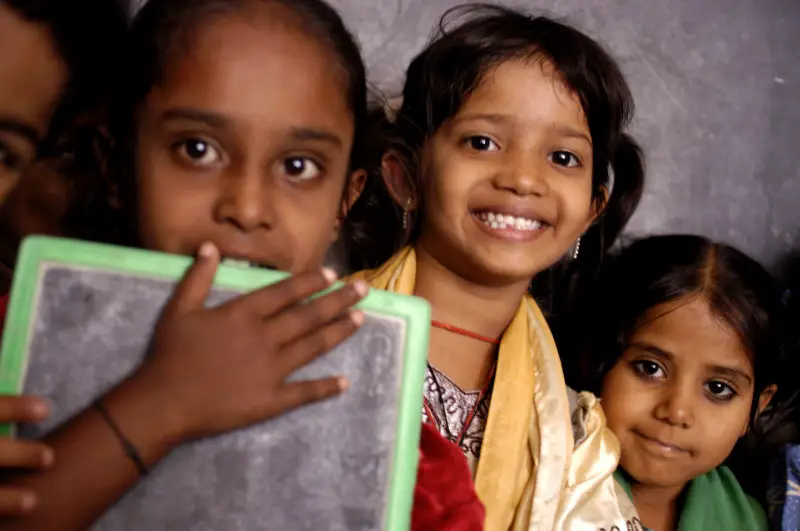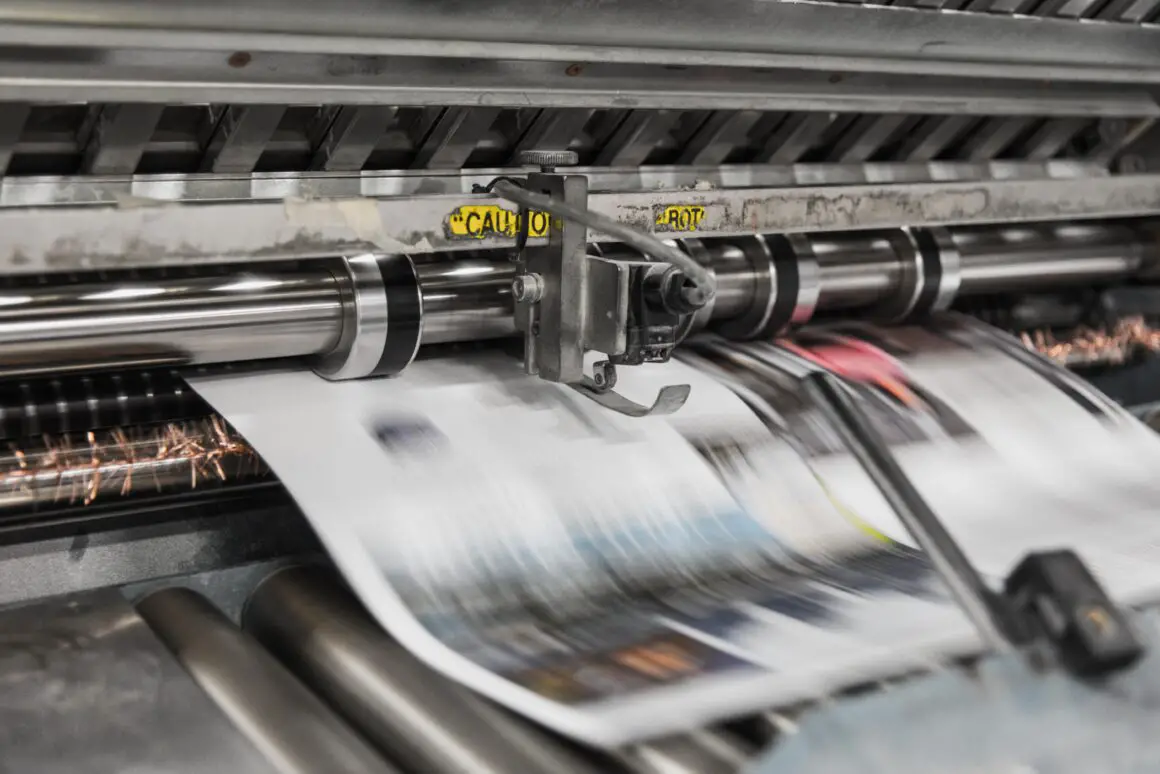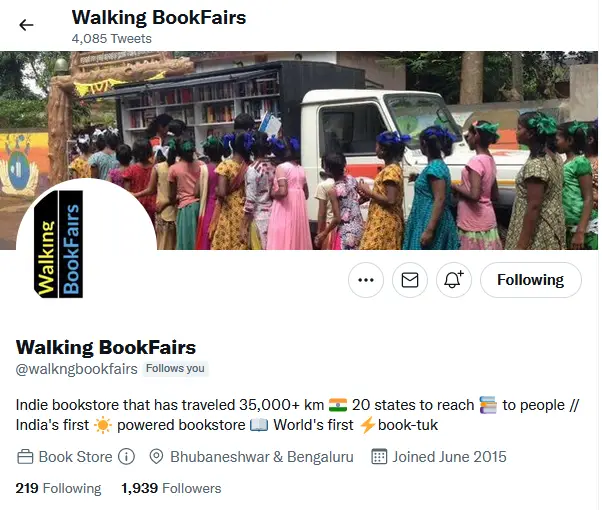The Indian publishing industry seems to be on an impressive growth trajectory.

But what does this mean for the average person on the street, especially new generations? Also, what does it mean for authors and readers?
The Value of the Indian Publishing Market
A high-profile report was released in 2021—a joint project of the Association of Publishers of India and Ernst Young Parthenon. The full report is available here.
The Indian publishing market is worth over 500 billion Rupees and is heading for 800 billion Rupees by 2024. More than 9,000 publishers and 21,000 retailers were operating in India in 2021. And the crucial point is that the industry is dominated by educational book publishing.
What Books are Being Sold, and Who is Buying Them?
The EY report writes that at least 45% of trade books are sold in regional languages. Is this a meaningful number? Trade constitutes only a tiny proportion of overall publishing.
The growth in the book market is almost entirely driven by increasing enrollment and programs in educational institutions. Educational book publishing makes up a massive 95% of the total publishing market. This is one of the highest proportions in the world. Is it healthy?

Thomas Abraham, the managing director of Hachette India, one of the five big publishing houses in the country, says that right now, “Indians largely read for utilitarian purposes and less for entertainment purposes.”
Who is Publishing This Data and Why?
Such reports are of interest to the publishing industry including distributors, retailers, multinational publishing houses, and other stakeholders. The India Book Market Report, published by the Federation of Indian Publishers and Nielsen BookData, reports a similar level of growth.
Importantly, these reports are targeted also to investors, obviously to whom the publishing industry wants to appear confident and growing.
The numbers are certainly impressive.

But some commentators question this optimism. Frontlist, “the only platform representing the Indian publishing ecosystem,” wrote this critique, and it’s worth reproducing this key point:
How has Indian publishing managed to grow 30% every year since 2009? Yet, why does the average book still sell only a few thousand copies, with bookstores shutting shop across the country? What is this dissonance between statistics and reality? … All these stories imply the Indian ‘trade publishing’ market is growing at the oft-quoted astounding rates, whereas it’s clear trade publishing is in the minority. Even within trade publishing, English trade publishing is minuscule. … Trade publishers make up 7%. So why does the media assume that it’s the trade — fiction, nonfiction and children’s books market — that is poised to grow at 19% per annum in 2015, and 30% before that? The simplistic answer would be lazy reportage, but that’s playing the blame game.
Frontlist
Indeed, after looking closely at the numbers, I also had to ask: Why is the overwhelming message one of rapid growth and high value?
The Frontlist author proposes three explanations:
- Widespread publicity and marketing by English language trade publishers; English as a language carries a high premium.
- Educational publishers are “rarely in the news, except for all the wrong reasons.” They are not upfront with their financials.
- People love good news. But the fact is, “mid-list fiction isn’t dead, but it is in danger of entering a terminal condition.” And this is the biggest marker of reading health, which in India is moving into real decline.
The proposed path forward
The EY report proposes that the avenues for growth (read: profits) are found in an increase in enrollment rates in educational institutions, government initiatives on education, and an increase in the overall education expenditure as the key growth drivers of the Indian publishing industry.

For example, the National Education Policy will build a new structure of education, place more emphasis on teacher development, encourage research and innovation in higher education, and expand dissemination via academic journals.
Also, of course, the report identifies new avenues for growth like online retail, subscriptions, open access resources, and self-publishing.
But does India really want to go digital?
The Neilsen book report discovered that e-reading devices did not have a high uptake in India. Even during the pandemic, when people began buying eBooks on Amazon, publishers reported that eBook sales doubled…but this could not bridge the gap of losses during lockdown. It was not a substantial uptake. In fact, eBook uptake only occurred when eBook sellers offered them at deeply discounted prices.
Who Wins if the Publishing Industry Continues Down This Track?
Can India develop its own model of publishing with an extreme focus on educational publishing? Or will this undermine the country’s broader development goals?
The United Nations Development Programme uses a tool called the Human Development Index (HDI). Research demonstrates a strong correlation between reading proficiency and HDI: “books are a great source of learning life skills, continuous knowledge, and enjoyment.”

Are academic textbooks really the path towards becoming a developed nation?
Thomas Abraham said Indians largely read for utilitarian purposes and less for entertainment purposes; “the country is losing its bibliodiversity.”
India’s bibliodiversity is in grave danger. The key indicator is the mid-list, which is shrinking right now, despite burgeoning academic sales and a few blockbuster novels. As Frontlist laments,
We will end up having just textbooks, and a few bestsellers, and a few airport reads. And this will be a sad state of affairs given that we had a rich reading culture up to the 1970s and through till the mid-1990s, and that, considering our demographic profile, we have the potential to be the largest reading market in the world.
Frontlist
Walking BookFairs
The Bookshop Blog recently wrote about Walking BookFairs, a two-person initiative to bring books to people across India who have no bookshops or libraries. Children love to attend the Walking BookFair mobile bookshop or their brick-and-mortar store and spend time reading for free.

But parents and teachers across India are reluctant to expand beyond academic textbooks.
What do you think could organically increase a culture of reading in India?
Are digital literature and expanded education the answers?
